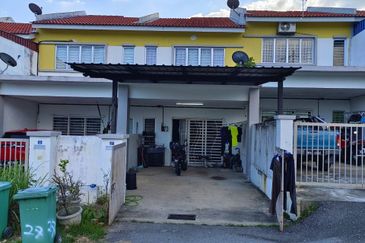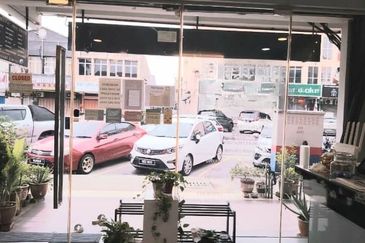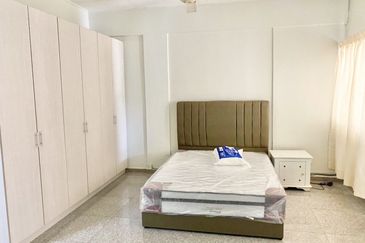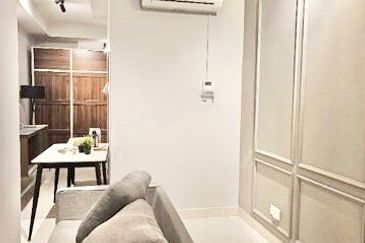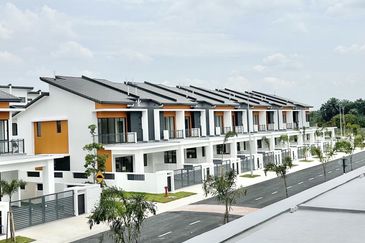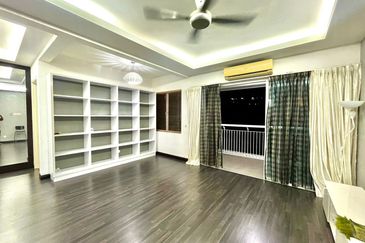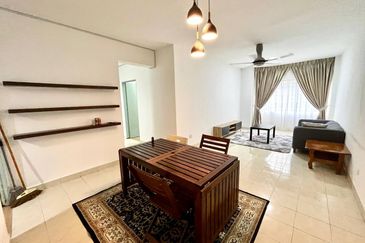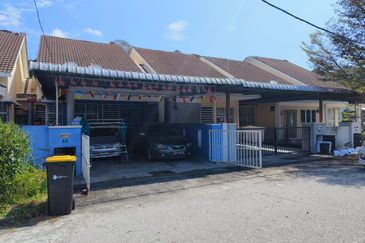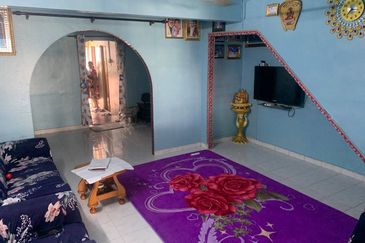As this issue is going to print, the world remains focused on Dubai. Dubbed not so long ago as a sexy international real estate playground for the rich and famous, the debt crisis that hit this United Arab Emirate (UAE) state sent credit markets reeling.
It left government leaders, industry and corporate captains and real estate players and investors pondering the causes, and searching for options.
Global markets took a pounding but stocks outside Dubai, Abu Dhabi and Qatar have since regained their composure as fears of contagion eased.
On Nov 25, the Dubai government announced that it was restructuring the liabilities of state-controlled conglomerate Dubai World. Dubai also wants a stay on the financing of Dubai World and its troubled real estate subsidiary, Nakheel. It was Dubai World that led the transformation of Dubai into a high-profile regional hub for finance, investment and tourism.
A week later, on Dec 1, efforts by Dubai World to restructure about US$26 billion (RM88.14 billion) in debt, out of the estimated US$59 billion it owes, helped pacify investors that Dubai’s debt problems could be contained.
Dubai’s expanding debts is not news; it would have been obvious even to the non-initiated if they were to step foot on Dubai. The landscape shows few signs of harsh desert conditions. Instead, you will be greeted with the so-called “largest”, “tallest”, “sexiest” and thus, priciest real estate. Waterways are in abundance as are world-class leisure and entertainment outlets designed to cater to those from the West.
Until a year or so when the cracks appeared, Dubai had been luring professionals from around the world, dangling big bucks that anyone would find hard to resist. Many Malaysian architects, engineers, quality surveyors and others in real-estate related trades are known to have quit their jobs to head for Dubai.
In a way, the Dubai fallout has rekindled memories of how Malaysian property developers were brought to their knees almost overnight in the Asian financial crisis a little more than a decade ago. Remember when even veteran developers cried out as the massive credit crunch, together with a severe loss of investment confidence, crippled the country’s economy and the property sector?
Real estate prices collapsed, and property owners experienced sleepless nights as housing mortgage rates shot through the roof.
The 1997/98 regional crisis swept through Malaysia at a time when developers were building at a frenzied pace. Land owners and speculators had a gala time. Back then, big was beautiful, with developers chasing ever bigger landbanks. Creative and thematic developments were aggressively promoted. Eager buyers snapped up projects, even those located in less-than-attractive locations, with little prospect of capital appreciation or yield. Till today, some buyers are still servicing mortgages on investments that cannot be sold or rented out.
I recall vividly, during a real estate conference, how a veteran local developer aptly summed up the woes of builders during those nightmarish days: There was this big party. And everybody came to the party… The developer was among those who were at the party.
We all know what happened. When the music stopped and the lights went out, people were left battered and bruised. The one invaluable lesson developers would have learnt is never be greedy and do not overgear.
That’s why going into a joint venture with land owners is a preferred option of property developers these days.
Meanwhile, anyone visiting the website of Dubai’s master developer Nakheel would never have guessed its troubles. It was just on Nov 10 that the company started handing over the 980 homes at marina residences Palm Jumeirah. The process should continue till early next year.
The waterfront development features six residential towers. Of the 980 units, 40 are townhouses located along the marina-front promenade. The remaining 940 units comprise a mix of apartments and penthouses, the most luxurious of which are spread over four floors with more than 14,000 sq ft of space.
Palm Jumeirah is expected to be home to more than 12,000 residents, according to the website. Development of the man-made island, which offers branded hotels such as Atlantis, is still ongoing. Malaysia’s LCL group was involved in the interior fit-out of the Atlantis.
It is interesting to note how Nakheel chairman H.E.Sultan Ahmed Sulayem sums up the company: “Nakheel is more than a company — it is a belief. A belief that defies ordinary thinking… when conventional wisdom says no, we say yes and make it happen.”
The fate of Dubai may lie in the balance. But I would not write off its real estate sector. Not completely, that is.
Au Foong Yee is editor of City & Country, theedgeproperty.com and haven, the bi-monthly interior design and gardening magazine published by The Edge
This article appeared in City & Country, the property pullout of The Edge Malaysia, Issue 784, Dec 7-13, 2009.
TOP PICKS BY EDGEPROP

Seksyen 8, Kota Damansara
Kota Damansara, Selangor
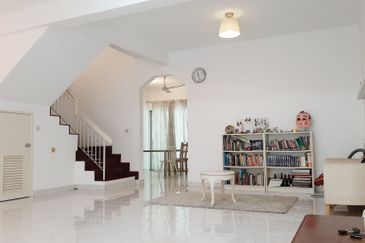
Seksyen 5, Kota Damansara
Kota Damansara, Selangor
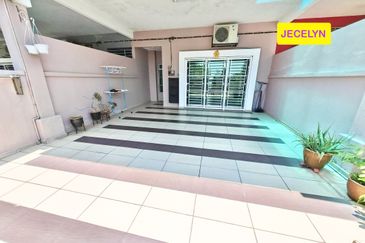
Jalan SP 8 @ Bandar Saujana Putra
Jenjarom, Selangor
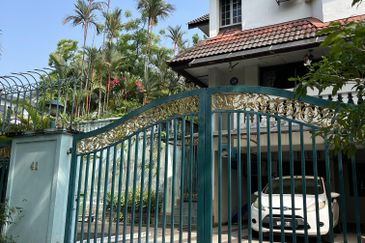
Gasing Indah
Jalan Klang Lama (Old Klang Road), Kuala Lumpur

TAMAN LEKIR INDAH (P/L 3081&3082)
Manjung, Perak
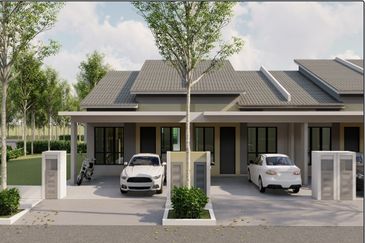
Bandar Baru Kuala Selangor
Kuala Selangor, Selangor


